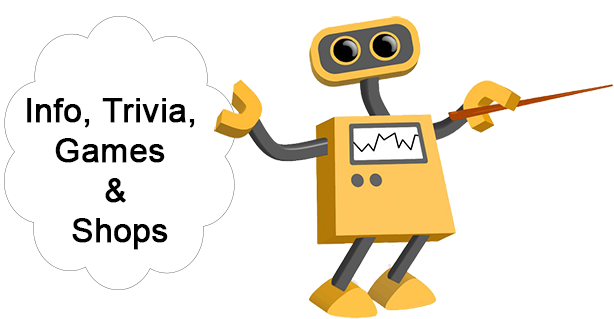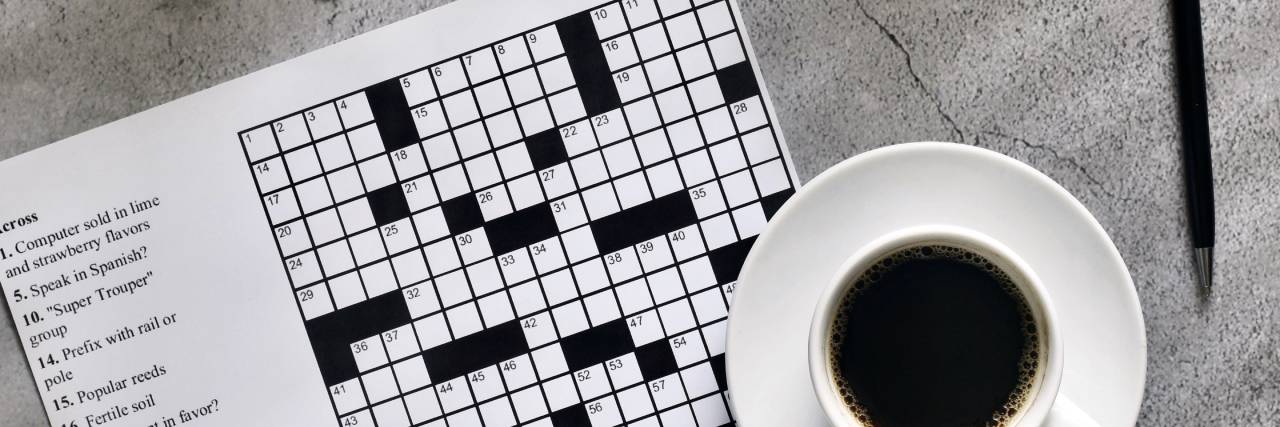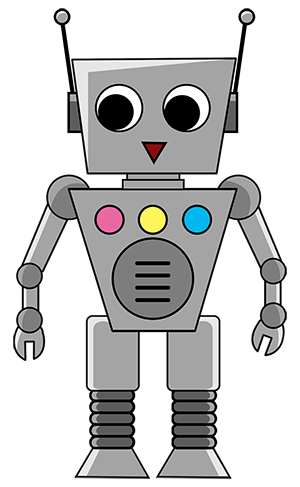Detailed Overview of Crossword Puzzle
Crossword puzzles are a popular form of word game that challenge players to fill in a grid with words based on clues provided. This report provides a detailed overview of crossword puzzles, including their history, structure, types, and cultural significance.
1. Historical Background
1. Early Beginnings:
The first known crossword puzzle appeared in 1913 in a newspaper called the New York World, created by journalist Arthur Wynne. This early version was called a "word-cross" puzzle and featured a diamond-shaped grid (Wynne, 1913).
2. Popularization:
Crosswords gained popularity during the 1920s and 1930s, particularly in the United States. Major newspapers began to publish them regularly, which contributed to their widespread appeal (Cohen, 2012).
3. World War II Era:
During World War II, crossword puzzles served as a popular pastime for soldiers and civilians alike, leading to further growth in their popularity (Gordon, 1999).
4. Modern Developments:
The introduction of computer technology in the late 20th century revolutionized crossword creation and solving, enabling the development of software to assist in puzzle design and offering online platforms for puzzle enthusiasts (Mason, 2015).
2. Structure of Crossword Puzzles
5. Grid Layout:
A standard crossword consists of a grid filled with black and white squares. The white squares represent letters that will form words, while black squares are used to separate the words (Patterson, 2011).
6. Clue Types:
Clues can be straightforward (definition-based), cryptic (requiring wordplay), or thematic. The clue structure varies based on the type of crossword (Willman, 2014).
7. Numbering System:
Each word in the grid is numbered, and the corresponding clues are listed either across or down. For example, "1 Across" refers to the first word filled in horizontally, while "1 Down" refers to the first word filled vertically (Mason, 2015).
3. Types of Crossword Puzzles
8. American vs. British Crosswords:
American crosswords typically feature more straightforward clues and a higher number of black squares, while British crosswords often employ more cryptic clues with fewer black squares (Cohen, 2012).
9. Cryptic Crosswords:
Popular in the UK, cryptic crosswords include clues that often involve anagrams, puns, and other forms of wordplay. Each clue typically has a definition and a wordplay component, making them more challenging (Gordon, 1999).
10. Themed Crosswords:
These puzzles revolve around a central theme, with many of the answers relating to that theme. Themes can include holidays, historical events, or pop culture references (Patterson, 2011).
11. Puzzle Variants:
Variants of the traditional crossword include Fill-in crosswords, where players fill in a grid with given letters, and Diagramless puzzles, where players must figure out the layout of the grid (Willman, 2014).
4. Cultural Significance
12. Cognitive Benefits:
Research has shown that solving crossword puzzles can enhance cognitive function, improve vocabulary, and provide mental stimulation (Sweeney, 2018). They are often recommended as a brain exercise for seniors (Mason, 2015).
13. Social and Community Aspects:
Crossword puzzles have fostered a sense of community among enthusiasts. Many participate in puzzle clubs, attend competitions, and engage in discussions about clues and solving techniques (Gordon, 1999).
14. Media and Popular Culture:
Crossword puzzles are featured in numerous newspapers, magazines, and online platforms. They have been referenced in literature and television, solidifying their status as a cultural staple (Cohen, 2012).
Conclusion
Crossword puzzles are more than just a pastime; they represent a rich tradition of language, logic, and creativity. From their origins in early 20th-century newspapers to their current status in digital formats, crossword puzzles continue to challenge and entertain millions worldwide.
References
- Wynne, A. (1913). "Word-Cross Puzzle". New York World.
- Cohen, M. (2012). The History of the Crossword. HarperCollins.
- Gordon, J. (1999). The Crosswords of Life: History and Legacy. The Puzzle Press.
- Mason, E. (2015). "Digital Crosswords: The Evolution of an Art Form". Journal of Puzzle Studies.
- Patterson, L. (2011). Crossword Construction and Clue Writing. New York: Puzzle Publishing.
- Sweeney, M. (2018). "The Cognitive Benefits of Crossword Puzzles". Psychology Today.
- Willman, D. (2014). "Crossword Types and Techniques". The Word Game Review.
 Shop
Shop Info
Info Words
Words World
World






 Crossword Puzzle
Crossword Puzzle Crossword Overview
Crossword Overview Crossword History
Crossword History Crossword Rules
Crossword Rules

